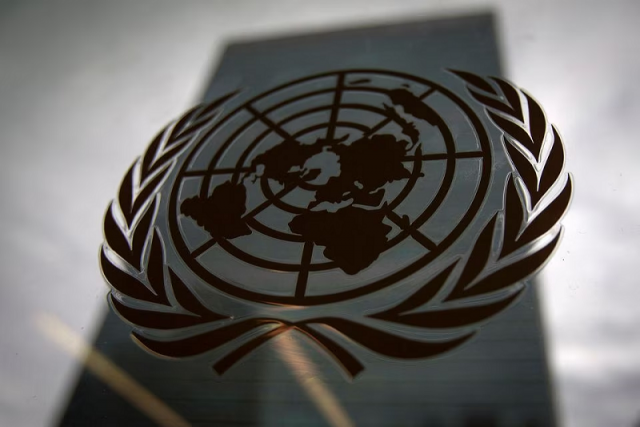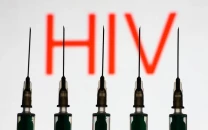Aid cuts threaten fragile progress in reducing maternal deaths, UN officials warn
WHO warns cuts have pandemic-like impact on maternal services and staff.

Cuts to international aid budgets are threatening to undo decades of progress in reducing maternal deaths and may lead to an increase in preventable deaths during pregnancy and childbirth, United Nations agencies warned on Monday.
The warning came as the UN released a new report on World Health Day, showing a 40% global decline in maternal mortality between 2000 and 2023, largely driven by improved access to essential health services. But officials say that progress is now in jeopardy.
The report, Trends in maternal mortality, revealed that around 260,000 women died from pregnancy or childbirth complications in 2023 — equivalent to one death every two minutes.
UN health leaders said unprecedented aid cuts are already impacting maternal care, particularly in fragile and conflict-affected regions. Many countries have begun rolling back services, closing facilities, and losing frontline health workers due to funding shortfalls.
“One of the headline messages is that the funding cuts risk not only that progress, but we could have a shift backwards,” said Dr Bruce Aylward, Assistant Director-General for Universal Health Coverage at the World Health Organization (WHO).
The report did not name specific donors but comes amid a foreign aid freeze by the United States and a wind-down of several USAID-funded health programmes. Other major donors, including the United Kingdom, have also scaled back their international development budgets in recent years.
“These cuts have pandemic-like effects on global health systems,” said Aylward, warning that the structural damage could be long-term.
The WHO said that services for maternal, newborn, and child health are already being rolled back in some countries, with ripple effects across treatment for malaria, HIV, and other conditions that affect maternal survival.
“While this report shows glimmers of hope, the data also highlights how dangerous pregnancy still is in much of the world today — despite the fact that solutions exist,” said WHO Director-General Dr Tedros Adhanom Ghebreyesus.
The report marks the first global assessment of COVID-19’s impact on maternal mortality. In 2021, maternal deaths jumped to 322,000 — a 40,000 increase from the previous year. The spike was linked to both direct COVID-19 complications and widespread disruptions to maternity care during the pandemic.
UNICEF Executive Director Catherine Russell warned that global cuts to health budgets are leaving pregnant women without essential care when they need it most.
“When a mother dies in pregnancy or childbirth, her baby’s life is also at risk. Too often, both are lost to causes we know how to prevent,” she said.
Maternal mortality remains disproportionately high in countries affected by war, poverty, or natural disasters. Sub-Saharan Africa accounts for nearly 70% of global maternal deaths, with countries like Chad, Nigeria, Somalia and Afghanistan facing the highest individual risk rates.
In some of these settings, the lifetime risk of dying from a maternal cause is 1 in 24. That compares with 1 in 593 in more stable countries.
The report also highlighted that the maternal mortality rate has stagnated in five UN regions since 2015, including Europe and North America, where the US is one of only four countries to record a significant increase since 2000.
Despite earlier progress, the global pace of improvement has slowed sharply since 2016. Experts say investment is urgently needed to meet the UN’s Sustainable Development Goal for maternal health.
To hit the 2030 target, maternal mortality must decline by about 15% per year — a steep climb from the current 1.5% annual rate of improvement.
“Access to quality maternal health services is a right, not a privilege,” said Dr Natalia Kanem, Executive Director of the UN Population Fund (UNFPA). “We must ensure every woman and baby can survive and thrive — especially in the most vulnerable settings.”
















1729471601-0/image-(8)1729471601-0-208x130.webp)







COMMENTS
Comments are moderated and generally will be posted if they are on-topic and not abusive.
For more information, please see our Comments FAQ